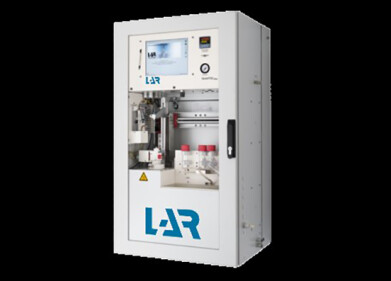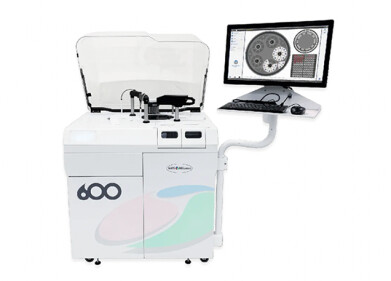Wastewater analysis
Grab Samples vs Composite Samples - What's the Difference?
Apr 19 2021
Taking samples from a wastewater treatment facility on a regular basis is a crucial step in verifying that the filtration techniques employed onsite are having the desired effect of removing contaminants from the influent before it is discharged as effluent. It’s also useful for monitoring the concentrations of polioviruses, antibiotic-resistant bacteria and other pathogens in sewage, thus giving an approximation of infection levels in the general populace.
This kind of sample analysis is known as wastewater-based epidemiology and can be highly beneficial to medical bodies, research institutions and local authorities for staying abreast of the healthiness of the residents of the areas in question. It has become especially important with regard to COVID-19, as it can give a kind of early warning system of the imminent outbreak of a hotspot of cases before hospitalisations occur. These samples are generally collected in one of two ways: via a grab sample or a composite sample.
What is a grab sample?
As the name suggests, a grab sample consists of a volume of the wastewater (or aliquot) that is taken at one time, during a period not exceeding 15 minutes in duration. For an easy-to-understand example, scooping a cup of water from a bucket filled with it would be defined as a grab sample (although of course, such primitive methods are not in use at wastewater treatment centres).
Grab samples are generally collected manually, although it is possible to acquire and programme an automatic sampler to automate the procedure. This kind of sampling is preferred when measuring for concentrations of a property which is subject to change quickly and frequently, such as pH levels, bacteria and temperature of the wastewater.
What is a composite sample?
A composite sample, by contrast, consists of aliquots that are taken over an extended sampling period, normally 24 hours. Composite samples can also be collected manually or automatically. These are better suited to demonstrating the average properties of a wastewater influent or effluent over a longer period of time, which means they are adopted when ensuring that a facility complies with industry standards.
They are also preferred for analysing wastewater samples of traces of coronavirus. That’s because there is less chance for a sample to become compromised, either by improper collection methods or an irregularity in the system. As such, they give a better and more balanced overview of the situation. Those interested in learning more about the subject should consult the article Rapid detection of risks to microbial safety of water using BACTcontrol Rapidly detecting faecal pollutions related to microbial infections, recently including COVID-19, which contains more in-depth and information and analysis of WBE techniques.
Digital Edition
AET 29.2 May 2025
May 2025
Water / Wastewater- From Effluent to Excellence: Microbiological assessment of a containerized modular water reuse pilot system- Without water everything comes to a haltAir Monitoring- Probe Sampli...
View all digital editions
Events
Jun 17 2025 Guangzhou, China
Singapore International Water Week Spotlight 2025
Jun 23 2025 Singapore
Jun 24 2025 Santa Clara, CA, USA
Jun 25 2025 Sao Paulo, Brasil
Jun 28 2025 Albena, Bulgaria






.jpg)












